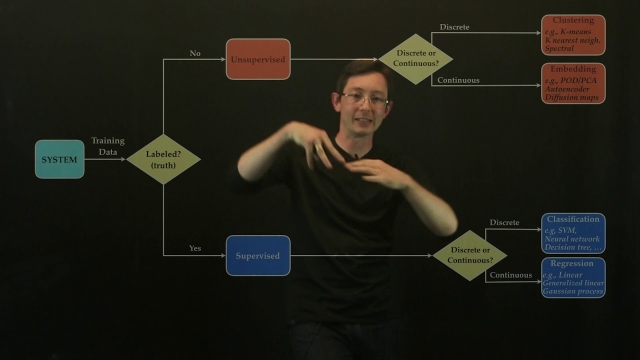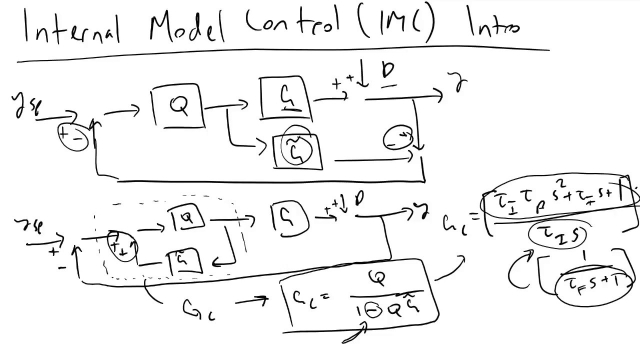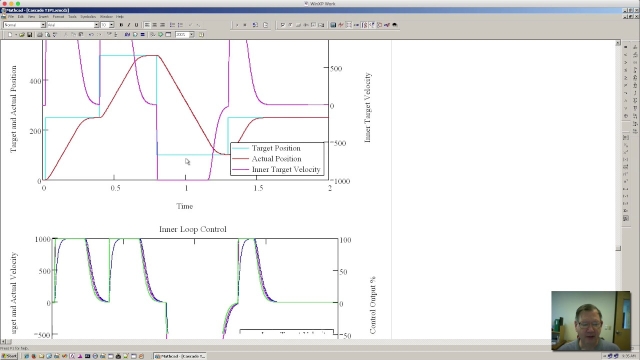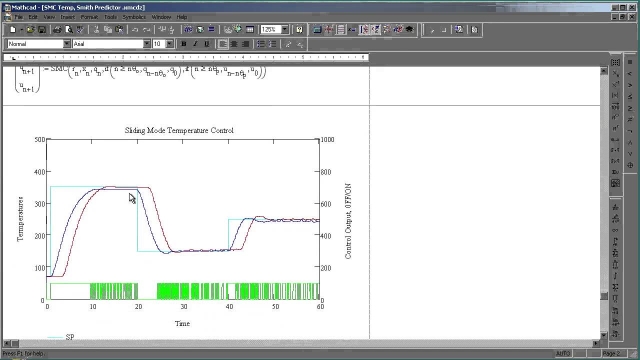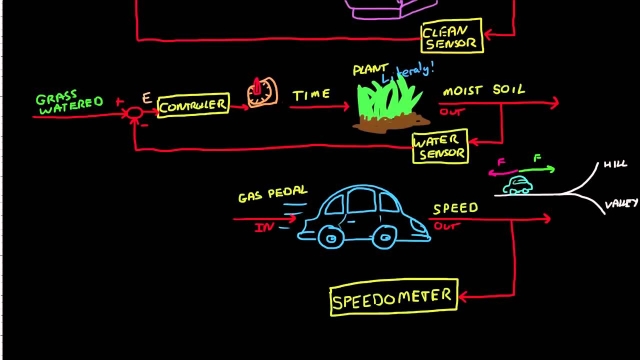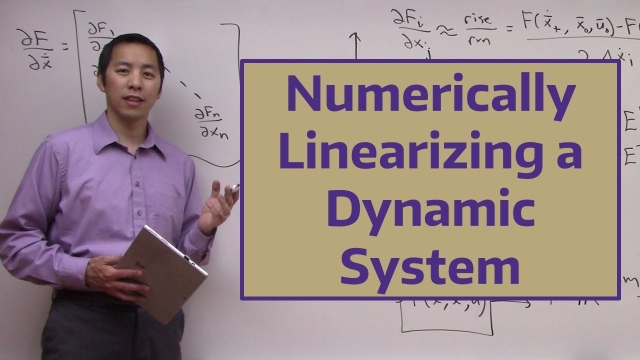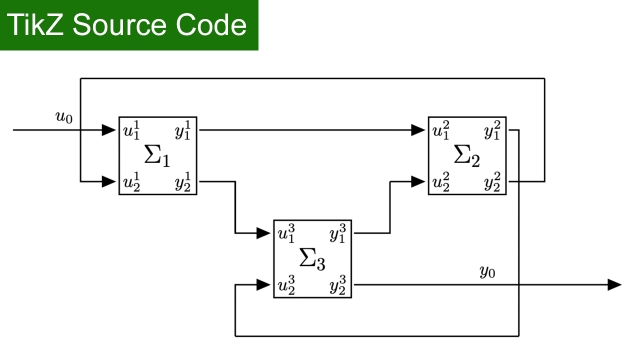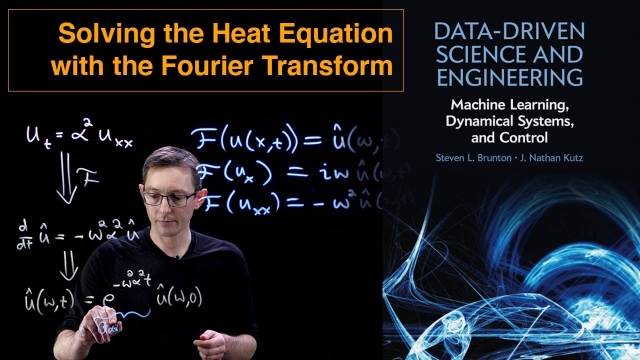
TikZ source Code: Feedback systems
TikZ source Code: Feedback systems
See MoreFourier Series: Part 1
This video will show how to approximate a function with a Fourier series, which is an infinite sum of sines and cosines. We will discuss how these sines and cosines form a basis for the...
See MoreHumans, Robots, and Non-Prehensile Manipulation
This is a fun video that was inspired by a presentation I saw at the 2015 International Conference on Robotics and Automation (ICRA). I wanted to see if humans could duplicate the...
See MoreComputing Euler Angles: The Euler Kinematical Equations and Poisson’s Kinema...
In this video we discuss how the time rate of change of the Euler angles are related to the angular velocity vector of the vehicle. This allows us to design...
See MoreTikZ source Code: Simulation Graph
TikZ source Code: Simulation Graph
See MoreControl Bootcamp: Sensitivity and Complementary Sensitivity
Here we explore the sensitivity and complementary sensitivity functions, which are critical in understanding robustness and performance.
See MoreBandwidth of a Dynamic System
In this video we discuss the definition and physical meaning of the bandwidth of a dynamic system. We’ll see that this is a performance metric that is used ...
See MoreIntroduction to Partial Differential Equations
This is the first lesson in a multi-video discussion focused on partial differential equations (PDEs).In this video we introduce PDEs and compare them with o...
See MoreLecture 16: More on Root Locus and Gain Compensation
Time domain - tutorial 4: transformation examples
In this video, we solve examples to practice different signal transformations using a systematic approach. By the end of this lecture, you should be able to ...
See MoreLecture 32: Linearisation and State Space Fundamentals
Tuning a Fuzzy Logic Controller with Data | Fuzzy Logic, Part 4
This video covers the basics of data-driven approaches to tuning fuzzy inference systems. See what it means to find an optimal solution, which fuzzy inference parameters are being tuned...
See MoreLaplace domain – tutorial 6: Transfer function & system properties
In this video, we learn about transfer function and system properties. The following materials are covered:1) what is a transfer function?2) relation between...
See MoreLinear Systems of Equations, Least Squares Regression, Pseudoinverse
This video describes how the SVD can be used to solve linear systems of equations. In particular, it is possible to solve nonsquare systems (overdetermined or underdetermined) via least...
See MoreFeedback Control and Block Diagram Introduction
How do engineers begin to design controllers to respond to disturbances and maintain set points? In this example, I'll discuss how we can design a controller...
See MoreControllability and the Discrete-Time Impulse Response [Control Bootcamp]
This lecture derives the impulse response for a discrete-time system and relates this to the controllability matrix.
See MoreTypes of Machine Learning 2
This lecture gives an overview of the main categories of machine learning, including supervised, un-supervised, and semi-supervised techniques, depending on the availability of expert labels...
See MoreInternal Model Control IMC Introduction
Internal Model Control IMC Introduction
See MorePeter Ponders PID - Cascade Control Part2
The inner loop pole locations and gains are calculated first so the inner loop pole locations are determined by the user. The outer loop poles are still pla...
See MoreFirst Order Dynamics in Process Control
An overview on the identification and behavior of first order dynamics in process control.
See MoreSOPDT Sliding Mode Control ( SMC ) with Smith Predictor
Control Systems Lectures - Closed Loop Control
This lecture discusses the differences between open loop and closed loop control.
See MoreNumerically Linearizing a Dynamic System
In this video we show how to linearize a dynamic system using numerical techniques. In other words, the linearization process does not require an analytical...
See MoreTikZ source Code: An interconnection of MIMO subsystems
TikZ source Code: An interconnection of MIMO subsystems
See MoreSolving the Heat Equation with the Fourier Transform
This video describes how the Fourier Transform can be used to solve the heat equation. In fact, the Fourier transform is a change of coordinates into the eigenvector coordinates for the...
See More
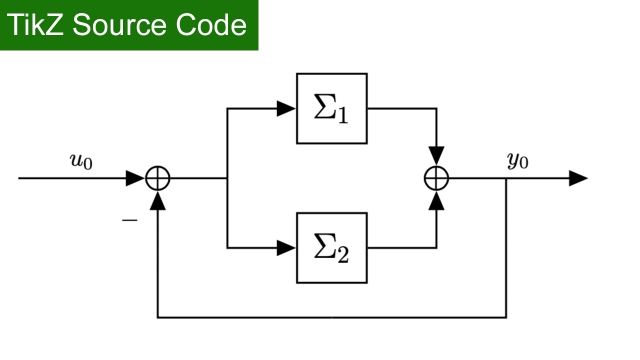
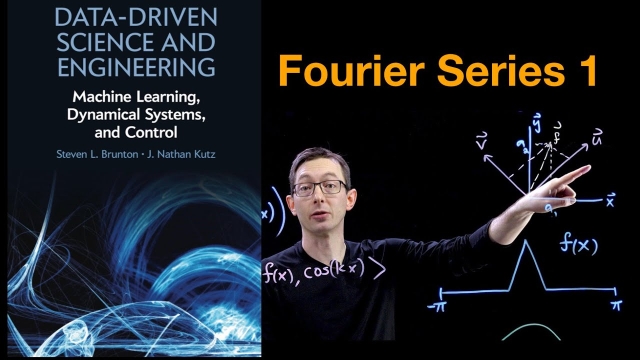
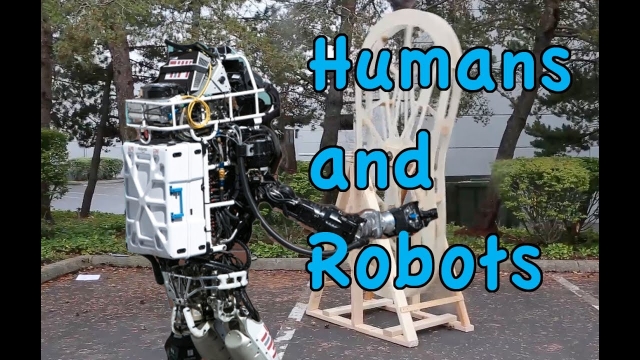
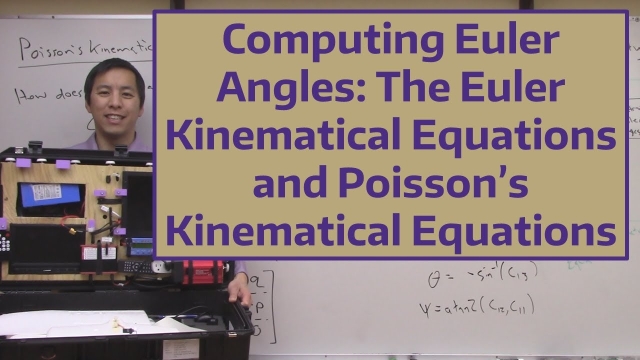
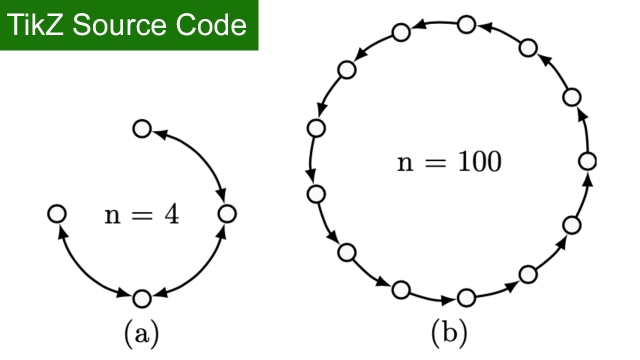
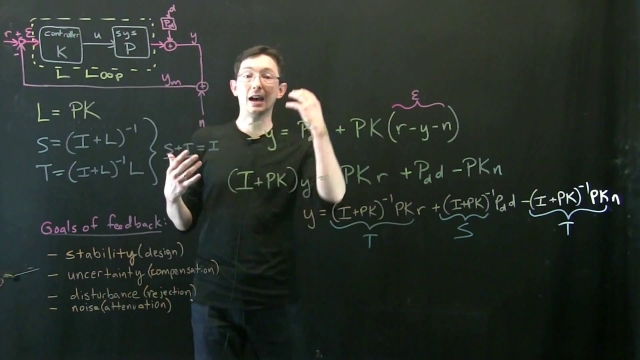
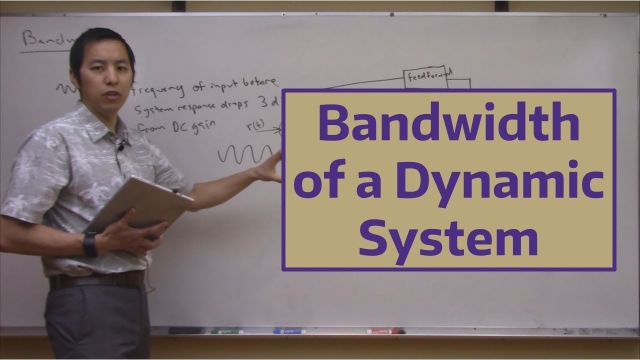
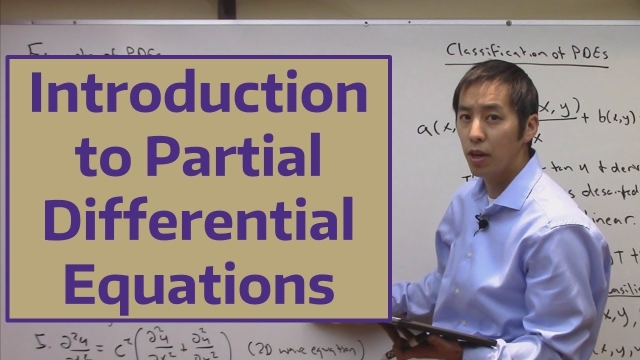
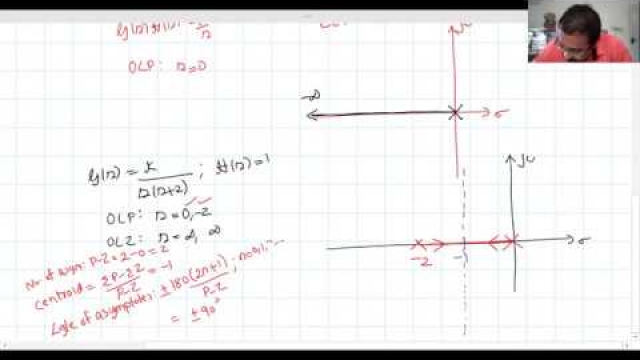
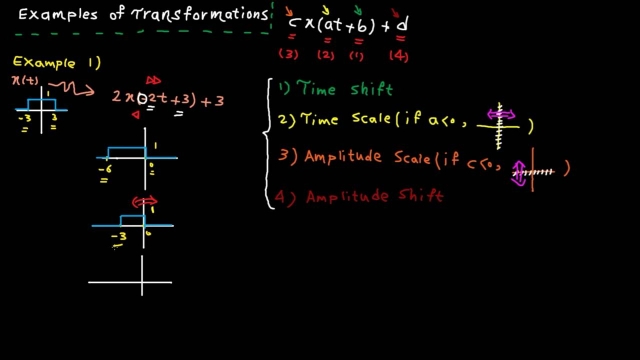

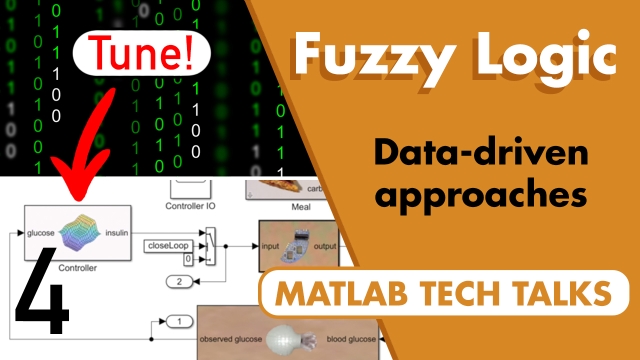
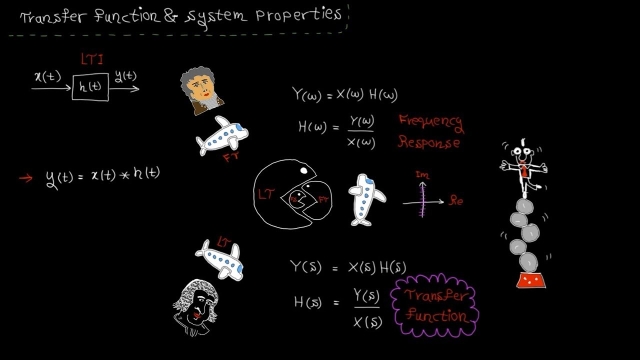
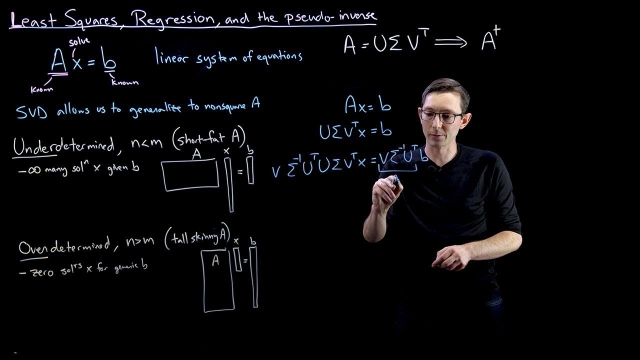
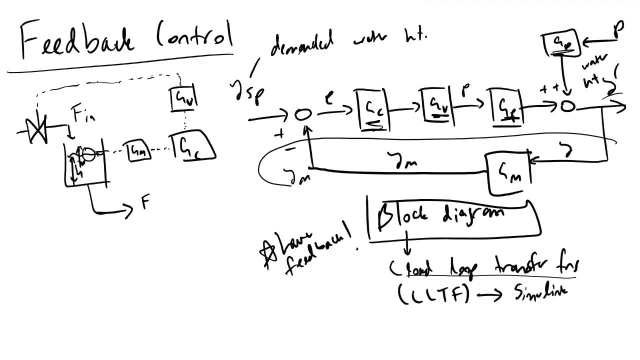
![Controllability and the Discrete-Time Impulse Response [Control Bootcamp]](/sites/default/files/styles/search_resulkts/public/2020-12/maxresdefault_302.jpg?itok=xjXmM9_U)
